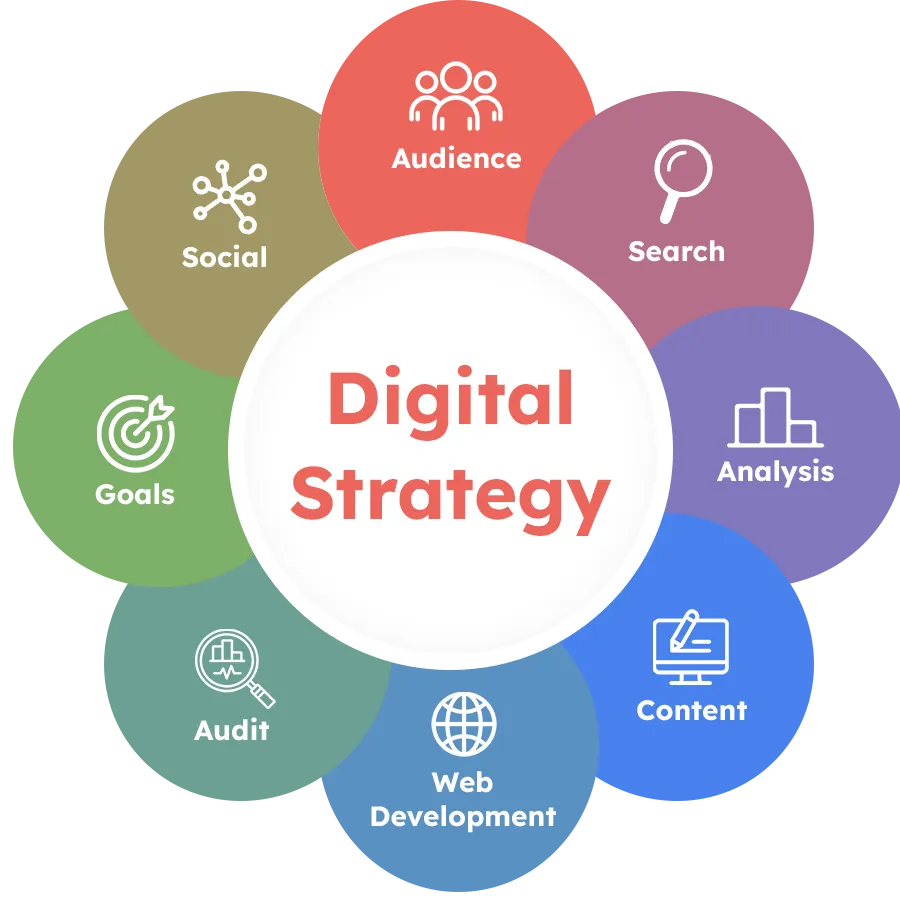
Creating viral video content has become both an art and a science. With over 500 hours of video uploaded to YouTube every minute and billions of daily views across social media platforms, understanding how to make your video stand out is more crucial than ever. This comprehensive guide will walk you through proven...











